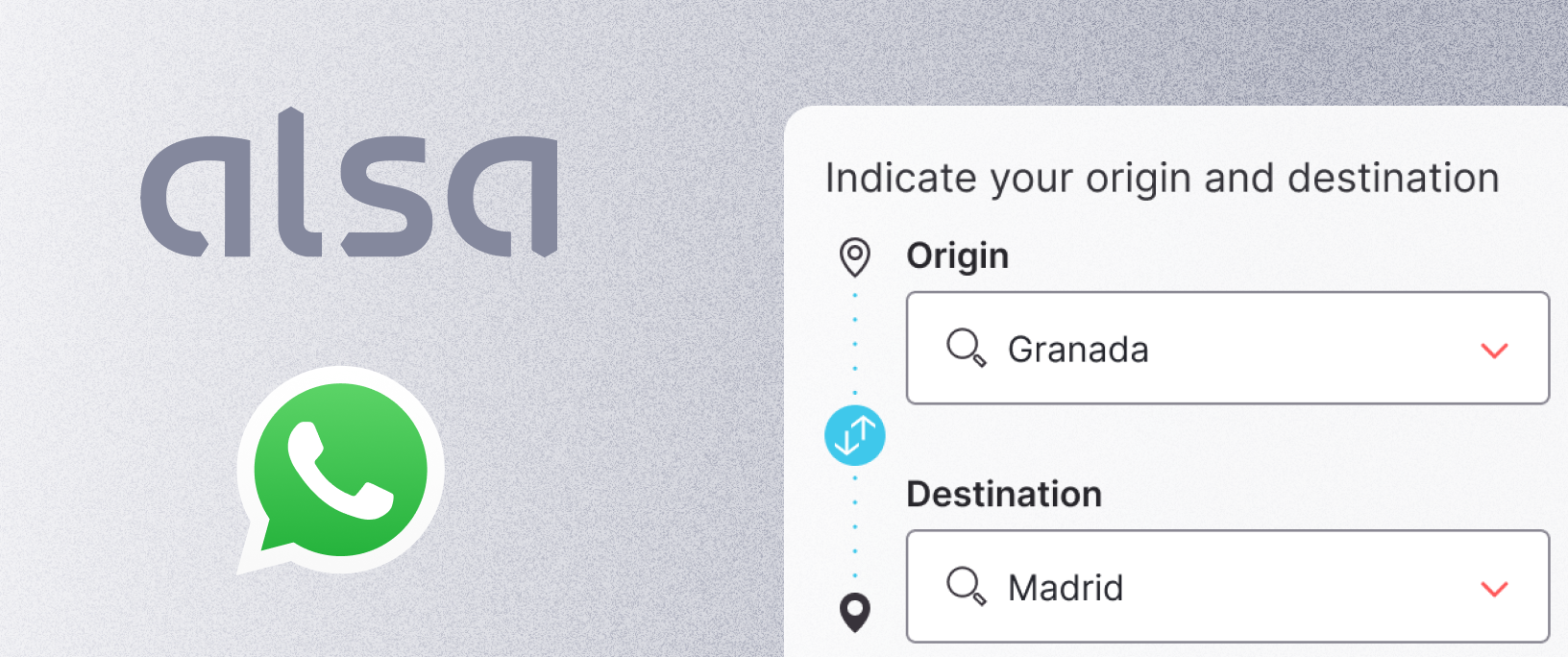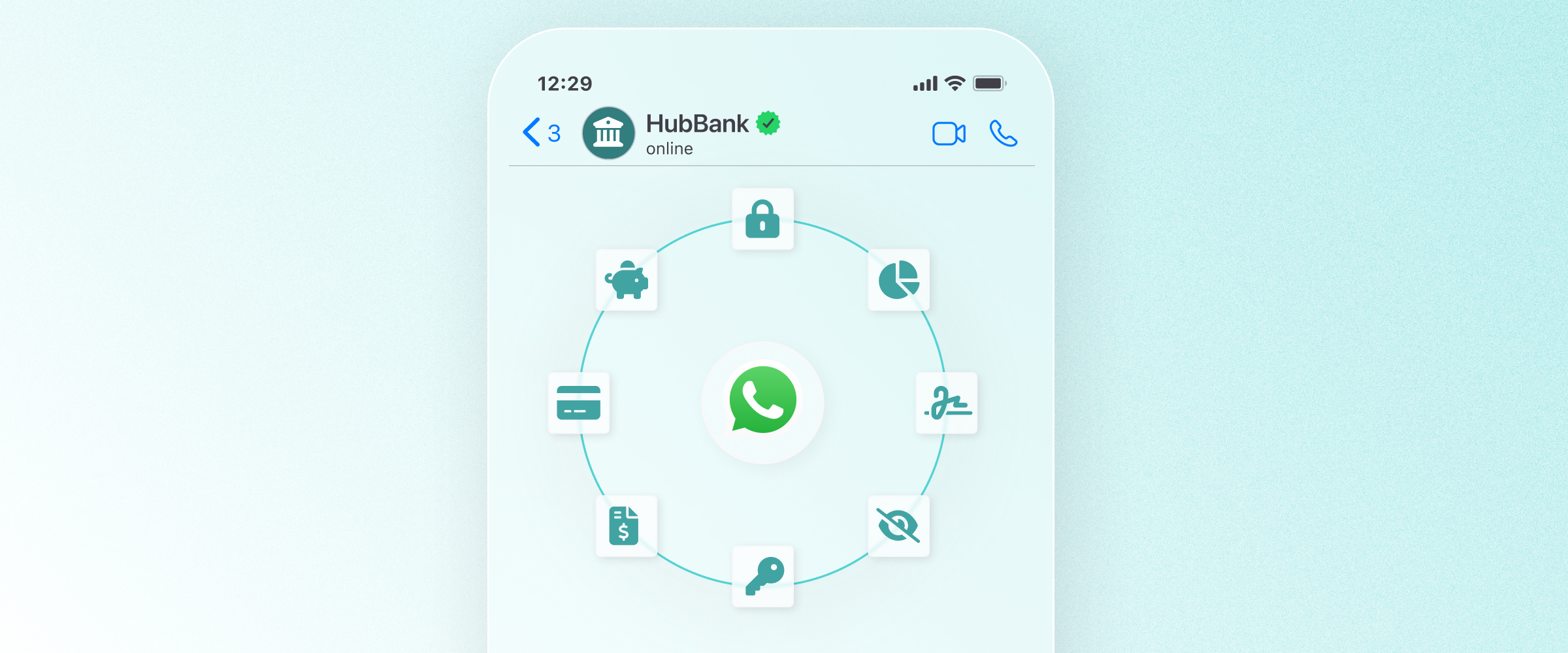Customer service cannot stay the same. Who wants to be left hanging on the phone, explain their story repeatedly, or wait days to resolve something that should be simple?
90% of consumers will stop doing business with a brand if they receive subpar customer service, and they do so because they don't want to waste their time.
The real issue isn’t just the technology, but how, when, and where you serve your customers. If the experience is awkward, people will look elsewhere. Efficiency is no longer about hiring more agents or responding “quickly”—it’s about solving issues, in the right channel, from the very first contact. That’s how a brand stands out and becomes one that people recommend.
The benefits of innovating in customer service: traditional vs digital
Customers today don't want to wait or tell their story over and over. They want speed, flexibility, and a personalised approach. This is where digital service makes the difference.
Previously, customer service meant calls and emails, fixed hours, and long waits. You had to be available exactly when the company could attend to you, and every enquiry could turn into a loop of repeated explanations and tickets with no context.
Now, digital service lets you reach out on WhatsApp, webchat, or app, any time you like, without depending on an agent being available. Communication is asynchronous; the customer composes their responses at their convenience and resumes the dialogue from the point at which it was last left.
This saves time and reduces friction, but it also allows service to scale without costs spiralling out of control.
What concrete benefits does this change bring?
- True availability: Customers are not tied to opening hours, they can resolve issues at any time.
- Less waiting, more resolution: Automation and direct access to information shorten response times.
- Personalised service: History and integrated data allow for tailored responses and anticipation of needs.
- Lower costs: Automating channels like WhatsApp drastically reduces the cost per interaction and frees up staff for more complex cases. See here for a real analysis of automating WhatsApp versus maintaining a call centre.
- Omnichannel experience: Changing channel no longer means starting from scratch—everything stays connected and the support is continuous.
It’s not just about being present on more channels, but about using them well. When implemented properly, digital customer service turns experience into a real competitive advantage for both customer and business.

How JetSMART reinvented customer service with digital channels and messaging
JetSMART understood that growth is not just about adding new routes, but improving the experience at every touchpoint. That’s why they shifted their customer service to digital and conversational channels. The airline had grown quickly, gaining new passengers across the region, and needed their customer support to keep pace.
Like many fast-growing companies, most queries came by phone or email—a system that worked for years, but couldn’t deliver the speed and personalisation they wanted at higher volumes.
Instead of sticking to the familiar, JetSMART opted for real transformation. In just six weeks, they launched Austral, their digital assistant, available on WhatsApp and webchat, the same channels their customers already used every day.
Austral is not a generic bot but a smart assistant designed to understand, resolve, and communicate in three languages. Every interaction gathers data and learns from context, adapting to each country and user.
The impact was immediate:
- Over 80% of conversations fully automated from start to finish.
- 34% fewer calls to the call centre.
- 67% reduction in cost per interaction.
- More than 140,000 conversations managed per month with no friction.
- CSAT of 4.3 out of 5.
- Fewer than 10% of cases went to fallback.
Now, the JetSMART team can focus on high-value cases, while customers get answers without delays or hassle.
Transforming support was not just about new channels but about meeting customer expectations and supporting brand growth with an experience to match.
Read the full JetSMART success story here.

Strategies to reinvent customer service
Efficient communication with customers is what truly builds a strong brand. It’s not about doing more with the same resources, but about rethinking customer service from the ground up, just like JetSMART did.
The starting point is always the same: using technology to offer an experience that fits how your customers live and communicate today.
Here are six key strategies to reinvent customer service:
1. Automate what brings speed and simplicity.
Start with FAQs and repetitive tasks. This is just the first step. A well-designed digital assistant instantly resolves most simple queries and frees up agents for where they really add value.
The real difference comes when automation covers complex and transactional processes—such as flight changes, payments, document uploads, or personalised management—directly in chat.
The key is to leverage features like WhatsApp webviews: windows that display forms, catalogues, payments, and advanced processes without the customer leaving the conversation. Automation then saves time and resources and transforms the experience, multiplying operational value.
2. Choose channels your customers already use.
WhatsApp and webchat are more than a trend; they’re part of everyday life. Moving support here removes barriers and makes it easier to access.
3. Take advantage of asynchronous communication.
Letting customers resume conversations when it suits them without starting from scratch reduces friction and improves brand perception.
4. Integrate and connect data.
Unifying support with CRM, analytics, and marketing platforms lets you anticipate needs, personalise responses, and always keep context.
5. Combine automation and the human touch.
Technology should handle repetitive work, escalating to an agent only when reasoning, empathy, or negotiation are needed.
6. Think omnichannel.
The experience should not depend on the channel. What matters is that the customer feels continuity and never needs to explain their case repeatedly.
Companies like JetSMART have shown that applying these strategies does more than speed up service; it turns customer support into a fundamental driver of satisfaction and growth. This is not only about the technology. It’s about designing an experience that solves problems, anticipates needs, and makes life easier for the customer.

.jpg)










